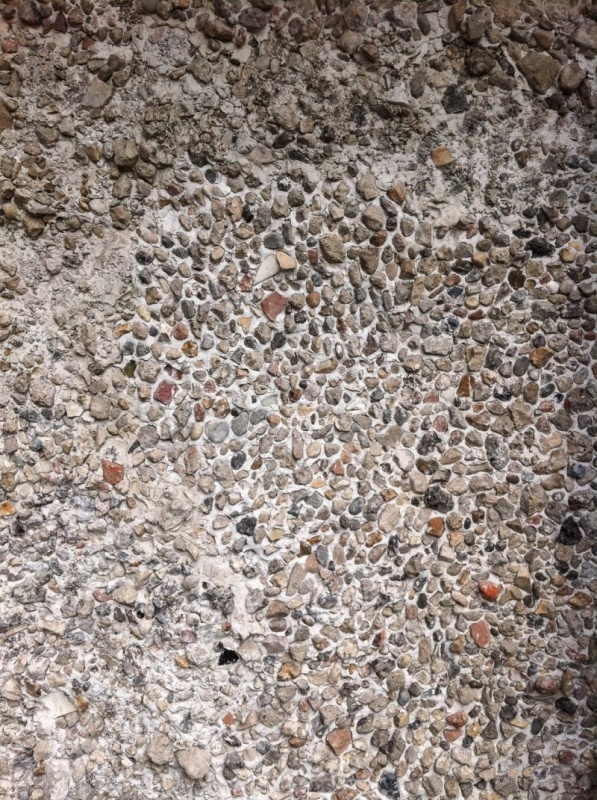Written by:
Richard Hames
Share article:
Improvised Music
I want to talk about a particular experience I had of this kind of music, a few months ago, at Cafe OTO in London. We went out to the OTO Project Space, which is positioned in a clump of largish buildings with the Overground Dalston Junction station in the background.
The most characteristic instrument in this welter is the exceptionally simple act of attaching a wire to spinning motor and setting it close to a ringing bowl, perhaps even a prayer bowl, so that with every turn of the motor the prayer bowl dings. They make certain the vague sense I’ve had for ages that a single sound is alright but the same or almost sound 10 times a second is better. In the right hands, and in large enough groups, they resemble autonomous organisms or abstracted behaviours, as they dig slightly into the gravel around and push themselves up. About 5 minutes in, one of these little prototypical mechanisms starts up a stupid clanging. It's whacking the side of a bowl tastelessly loud, obstreperous. The idiocy of the clanging steps us well outside of the twee beginnings, but no one stops it. There is a solemnity about the movements people make, as if in the midst of even the quaintest simulation of play was a fealty to objects that meant they must not be disturbed, like you might tiptop around a child in the middle of a particularly surreal but insightful game.
The movement of the instrumentalists (is that the term?) are slow, studied. They act almost as privileged spectators, stepping back to address the whole scene, making an abrupt transition to a local situation. We are in an unreal child's interior. A man of 50 circles about carrying a balloon on his back. He is breathing on some foil trying to make it rustle. Ideas about ritual are invoked. The piece absorbs and then breaks them - the tempos are all wrong, the drone that absorbs everything into its aura can barely be made out through the skittering haze of spinning metal on metal. By 20 minutes in, the auditory effect is of processing of an alarm clock in half-sleep; urgency clouded in haze.
The autonomy of the instruments means that in the midst of the performance are details that absolutely no one notices. With the collective attention focused elsewhere, tiny motors and jumping objects might flip and stop or break or turn on again. This is what gets spoken about as the ‘materiality’ of the performance, but it’s not the only kind of action going on. Indeed, for most of the opening part of this particular performance, the sounds are produced by instruments more or less exclusively being played with a traditional degree of control. A rotating drum with some kind of jumping life inside get swirled around by one performer, the equalisation of the sound modulated acoustically by opening and closing the opening at the top.
As beautiful as it is, there are some limitations in the form of the pieces, determined in large part by the qualities of the instruments. It builds up, as it must, from a single sound, and it winds down again, as it must, to a single sound which is then snuffed out. The same is true on a more detailed level. A few predictable gestures, sometimes jutting out, sometimes embedded at the smallest level, or signature moves of particular performers. Beforehand, there has clearly been some discussion about the dimensions of what should happen: a large scale contour map of the piece, perhaps, or even just the shared but tacit knowledge that one instrument needs to sound for the piece to congeal. In this OTO Project Space performance, that particular moment is transparently the roaring vacuum cleaner, unceremoniously switched on to start blasting a row of pipes as it flails rhythmically. The drone renders everything spectrally luscious, an unsourced sound in a drifting interior.
But this is where the symbolic choice of objects starts to become apparent. Not only a children’s ritual now, but housework and trash and cleaning and will to play somehow in the domestic tedium are suddenly here too. There’s an aggression to the snaky movements of the vacuum hose, an aggression the other sounds seem to rise to meet, and it work almost perfectly - pipes are substituted for other pipes, the speed of the vacuum is changed slightly, the tube keeps up its sweeping rhythmic pump, hissing and spitting out music. It all slowly from then winds down, stopping almost inaudibly, some 15 minutes later.
